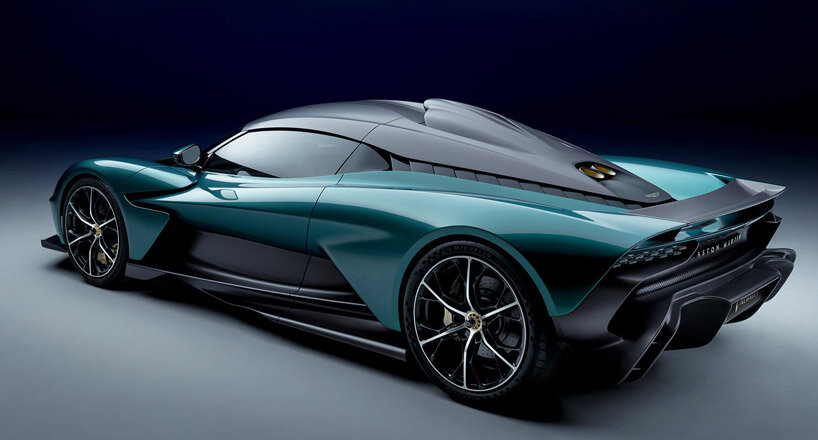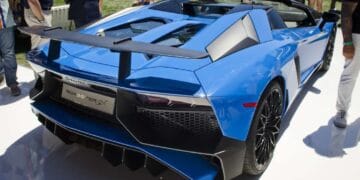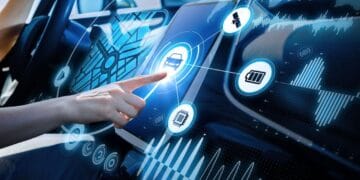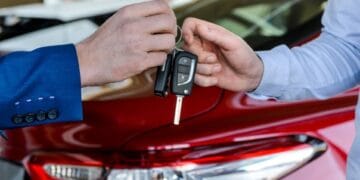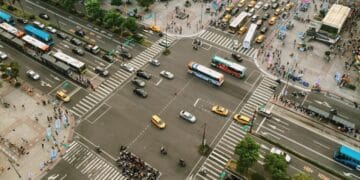The Dawn of a Design Renaissance
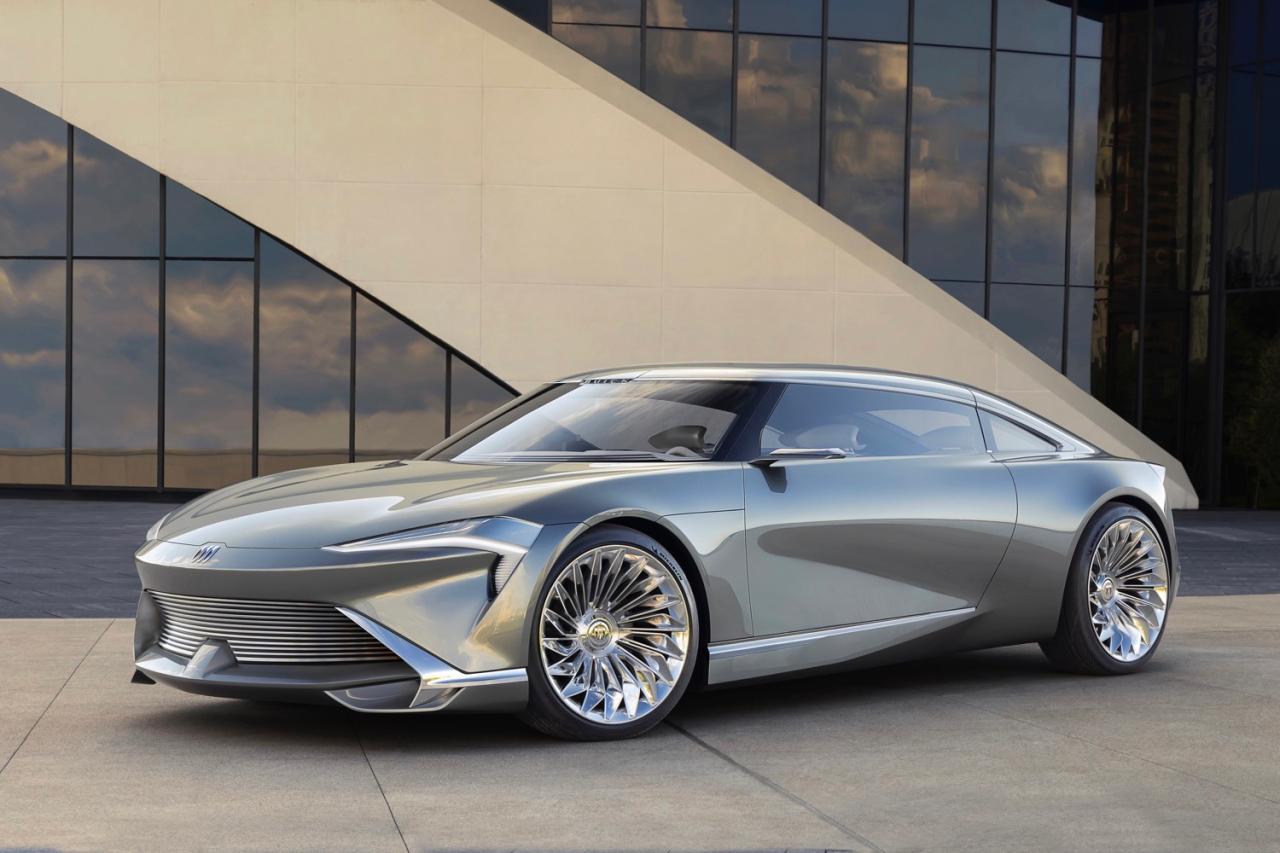
For over a century, car design was largely dictated by the demands of the internal combustion engine (ICE): the need for a prominent grille for cooling, exhaust pipes for emissions, and a specific silhouette to house the drivetrain. However, the advent of electric powertrains liberates designers from these constraints, offering a blank canvas for radical new proportions and innovative interior layouts. Similarly, the progression towards autonomous driving shifts the focus from a driver-centric cockpit to a passenger-centric lounge, fundamentally altering interior architecture.
The excitement surrounding new vehicle design stems from its potential to deliver not just visually stunning vehicles, but genuinely more practical, comfortable, and intelligent mobility solutions. Imagine a vehicle that seamlessly integrates into digital ecosystems, adapts its interior to various uses, and becomes an extension of the user’s digital life. This convergence of aesthetic ambition, engineering liberty, and user-centricity is propelling automotive design into an unprecedented era of creativity, promising vehicles that are both beautiful and profoundly smart.
Foundational Principles Reshaping Vehicle Design
The new design paradigms in 2025 are rooted in several core principles, moving beyond traditional automotive norms:
A. Form Follows Function (and Technology):
A. Electrification’s Influence: The absence of a large engine and transmission tunnel allows for shorter bonnets (hoods), cab-forward designs, longer wheelbases relative to overall length, and flat floors, maximizing interior space and enabling new proportions.
B. Aerodynamic Optimization: With electric vehicles, range is paramount. Design is increasingly driven by aerodynamics, leading to smoother surfaces, flush door handles, aerodynamically optimized wheel designs, and active aero elements (e.g., adaptive spoilers, grille shutters) to reduce drag and increase efficiency.
C. Autonomous Ready Design: Integration of sensors (LiDAR, radar, cameras) into the vehicle’s aesthetic, often subtly hidden behind body panels or integrated into lighting clusters, maintaining a clean exterior.
B. Human-Centric Interior Design:
A. The “Third Space”: As autonomy progresses, interiors are envisioned as extensions of home or office, becoming versatile “third spaces” for work, relaxation, entertainment, or social interaction.
B. Flexible Seating Configurations: Swiveling seats, reclinable lounge-like seating, and modular interior components that can be reconfigured based on passenger needs (e.g., a meeting room, a cinema, a sleeping pod).
C. Wellness and Biometric Integration: Design elements focusing on occupant well-being, including advanced climate control, air purification systems, ambient lighting tailored to mood, and even biometric sensors monitoring passenger health.
C. Digital Integration and User Experience (UX):
A. Seamless Digital Cockpits: Physical buttons are increasingly replaced by large, high-resolution touchscreens, haptic feedback interfaces, and augmented reality head-up displays that integrate all vehicle functions and infotainment.
B. Intuitive Interaction: Design focused on creating intuitive user interfaces (UI) for infotainment and vehicle controls, minimizing distraction and enhancing ease of use.
C. Personalization: Digital interfaces allowing for extensive customization of layouts, themes, and personalized content, making the vehicle feel uniquely tailored to the user.
D. Over-the-Air (OTA) Updates: Design of both hardware and software that supports remote updates, ensuring the vehicle’s features and performance can evolve throughout its lifespan.
D. Sustainability and Material Innovation:
A. Eco-Conscious Materials: Increased use of recycled plastics, sustainable fabrics (e.g., vegan leather, mushroom leather, reclaimed fishing nets), and responsibly sourced natural materials (e.g., cork, sustainable wood).
B. Circular Design Principles: Designing components for ease of disassembly, recycling, and remanufacturing, aiming for a more circular economy in automotive production.
C. Lightweighting: Continued emphasis on lightweight materials (e.g., advanced aluminum alloys, carbon fiber, composites) to improve efficiency and performance, particularly crucial for EVs.
E. Distinctive Lighting Signatures:
A. Expressive Lighting: LED and OLED lighting technologies allow for highly customizable and expressive front and rear light signatures that serve as a strong brand identifier, often with animated welcome and goodbye sequences.
B. Communication with Environment: External lighting can also serve as a communication tool for autonomous vehicles, signaling intentions to pedestrians and other road users (e.g., indicating when the vehicle is in autonomous mode).
Technologies Enabling New Design Paradigms
The audacious designs of 2025 are only possible through the adoption of advanced technologies across the design and manufacturing pipeline:
A. Generative Design and AI:
A. Optimized Structures: AI algorithms can explore thousands of design iterations for structural components, optimizing for strength, weight, and material usage, leading to organic, bionic forms that were previously impossible for human designers to conceive.
B. Aerodynamic Simulation: Advanced computational fluid dynamics (CFD) simulations allow designers to test and refine aerodynamic efficiency virtually, reducing the need for costly physical prototypes.
B. Advanced Manufacturing Processes:
A. 3D Printing (Additive Manufacturing): Used for rapid prototyping of complex parts, creating lightweight components, and enabling highly intricate interior elements or custom exterior details.
B. Giga-Casting: Large-scale die-casting machines (like those pioneered by Tesla) that can cast entire vehicle underbodies in a single piece, simplifying assembly, reducing weight, and improving structural rigidity.
C. Robotics and Automation: Highly advanced robotic assembly lines that allow for greater precision, efficiency, and the handling of new materials and complex designs.
C. Augmented Reality (AR) and Virtual Reality (VR) in Design:
A. Immersive Design Reviews: Designers can experience and iterate on vehicle designs in immersive VR environments, allowing for a better understanding of spatial relationships and ergonomics long before physical models are built.
B. Client Co-Creation: AR/VR tools enable clients to virtually customize their vehicles, seeing real-time changes in their desired colors, materials, and configurations.
D. Advanced Material Science:
A. Smart Glass: Electrochromic glass that can change opacity, providing privacy or instantly dimming to reduce glare. Can also be used for interactive displays.
B. Self-Healing Materials: Coatings and materials that can autonomously repair minor scratches or imperfections, maintaining the vehicle’s pristine appearance.
C. Flexible Displays: The development of flexible OLED and other display technologies allows for screens to conform to complex interior curves, blending seamlessly with the cabin design.
The Evolution of Exterior Aesthetics
The shift away from ICE-driven constraints and towards electrification and autonomy is creating distinctive new exterior aesthetics:
A. The “Frunk” (Front Trunk): With no engine block, the traditional hood space can be utilized as additional storage, creating a distinct “frunk” that influences front-end design.
B. Grille Redesign: The traditional large grille for engine cooling is often replaced by a sleek, closed-off panel for EVs, which can be used to integrate lighting elements, sensors, or display information.
C. Streamlined Profiles: Smoother, more aerodynamic profiles with reduced drag coefficients are becoming a hallmark, often featuring flush door handles, seamless body panels, and minimized gaps.
D. Distinctive Lighting Signatures: Advanced LED and OLED technologies allow for intricate and personalized light designs, creating a unique visual identity (DRLs, taillight bars) that is instantly recognizable day or night.
E. Wheel Design Innovation: Wheels are often designed for aerodynamic efficiency, with larger diameters and unique spoke patterns that still prioritize brake cooling for performance models.
F. Proportion Shifts: Longer wheelbases, shorter overhangs, and lower rooflines (in some cases) create more dynamic and spacious vehicle proportions.
Redefining Interior Spaces
The interior of a vehicle is undergoing the most radical transformation, evolving from a driver-focused cockpit to a versatile living space:
A. Lounge-Like Seating: With the advent of higher levels of autonomy, front seats may swivel to face the rear, allowing for social interaction, while rear seats become more lounge-like with reclining capabilities.
B. Minimalist Design with Digital Focus: Physical buttons and clutter are replaced by sleek, integrated digital displays that control most functions, creating a clean and uncluttered aesthetic. Haptic feedback and gesture controls are becoming more common.
C. Immersive Entertainment and Productivity: Large, high-resolution screens for entertainment, video conferencing, and productivity applications, turning the car into a mobile office or cinema.
D. Ambient Lighting as an Experience: Dynamic ambient lighting systems that can change colors, patterns, and intensity to enhance mood, provide alerts, or create a personalized atmosphere.
E. Advanced Climate Control and Air Quality: Multi-zone climate control, advanced air purification systems (HEPA filters), and even aromatherapy diffusers for ultimate comfort and well-being.
F. Storage Solutions: Clever and flexible storage solutions designed to adapt to various uses, reflecting the multi-purpose nature of the future interior.
The Design and User Experience (UX)
In 2025, design is intrinsically linked to user experience, with a focus on seamless and intuitive interaction:
A. Intuitive HMI (Human-Machine Interface): Designers are prioritizing intuitive interfaces that reduce cognitive load on the driver (even in autonomous mode), making complex systems easy to understand and operate.
B. Personalized Profiles: Vehicles recognize individual users and automatically adjust seating, climate, infotainment preferences, and even driving modes.
C. Voice Control and AI Assistants: Enhanced natural language processing allows for more fluid and effective voice control, making vehicle interaction feel more conversational.
D. Contextual Awareness: The vehicle’s interface intelligently adapts to the driving situation, presenting relevant information at the right time (e.g., navigation prompts appearing on the head-up display when approaching a turn).
E. Digital Key and Biometric Access: Seamless access to the vehicle using smartphone apps or biometric authentication (fingerprint, facial recognition).
Impact on Urban Aesthetics and Infrastructure
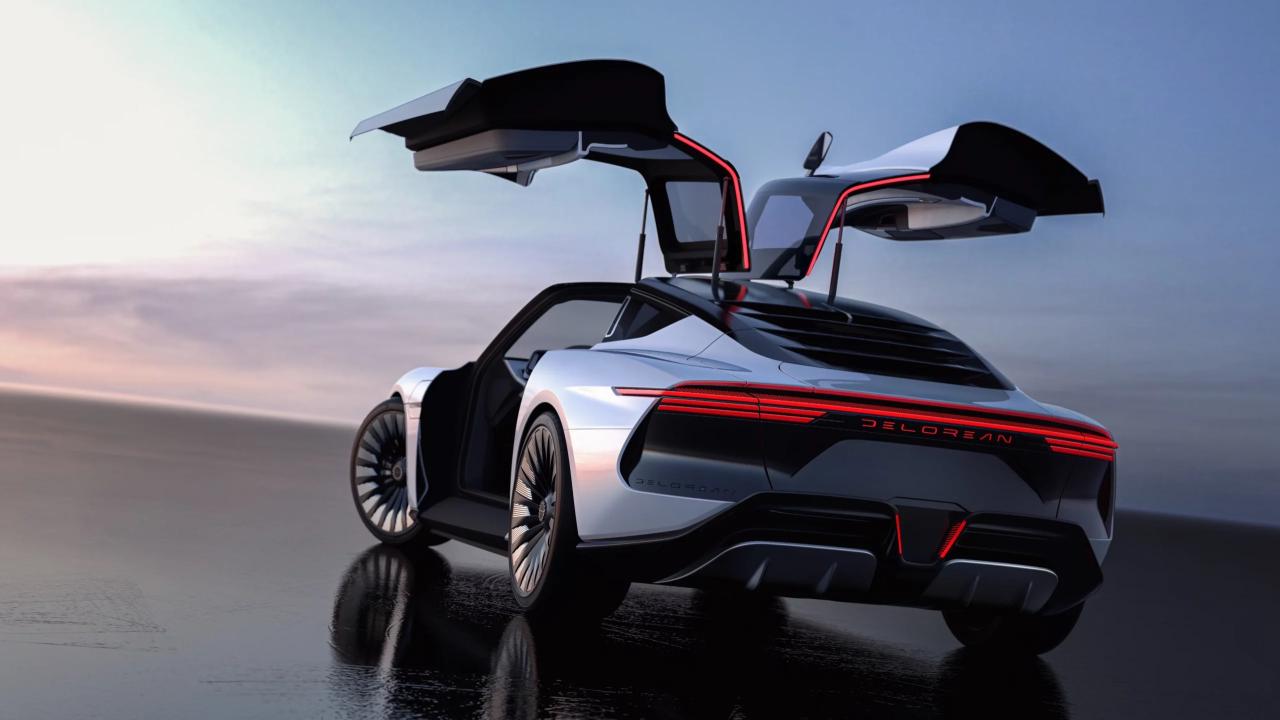
The evolution of vehicle design will have a ripple effect on urban planning and infrastructure:
A. Reduced Parking Needs: With shared autonomous fleets and new vehicle form factors, the need for extensive parking infrastructure in urban centers may decrease, freeing up valuable land.
B. Seamless Integration with Smart Cities: Vehicles designed to communicate with smart city infrastructure (V2I) will contribute to optimized traffic flow, reduced congestion, and more efficient resource utilization.
C. Reclaimed Public Spaces: Quieter, cleaner electric vehicles, combined with potentially less individual car ownership, could lead to urban areas reclaiming street space for pedestrian zones, bike lanes, and green areas.
D. Charging Infrastructure Integration: Design of public charging stations that are aesthetically pleasing and seamlessly integrated into urban environments.
E. Modular Vehicles for Urban Logistics: New designs for autonomous modular vehicles (e.g., for last-mile delivery) could be optimized for urban environments, reducing traffic and pollution.
The Role of Branding and Emotional Connection
Despite the technological advancements, the emotional connection and brand identity remain paramount in new vehicle design:
A. Brand Identity in the Electric Era: Automakers are working to establish new design languages that communicate their brand identity effectively in an electrified and autonomous future, moving beyond traditional grille designs.
B. Emotional Resonance: Design continues to evoke emotions—excitement, luxury, adventure, serenity—connecting with consumers on a deeper level beyond mere utility.
C. Aspirational Aesthetics: New designs continue to project an aspirational image, signaling status, environmental consciousness, or technological prowess.
D. Customization and Personal Expression: While mass-produced, new vehicle designs often offer extensive customization options, allowing buyers to express their individuality.
Conclusion
The landscape of new vehicle design in 2025 is dynamic, innovative, and driven by a convergence of revolutionary forces. The liberation from traditional constraints imposed by internal combustion engines, coupled with the march towards autonomous capabilities, has unleashed an unprecedented wave of creativity from designers worldwide. The result is a generation of vehicles that are not only visually captivating but also fundamentally re-imagined for enhanced practicality, comfort, and seamless digital integration.
From sleek, aerodynamically optimized exteriors that whisper efficiency, to versatile, lounge-like interiors that redefine in-car living, the future of automotive design is holistic and human-centric. Technologies like AI-driven generative design and advanced manufacturing are transforming the very process of creation. As the automotive industry continues its rapid evolution, new vehicle design will remain at the forefront, shaping not just the cars we drive, but the very cities we live in and the way we experience mobility in the decades to come. The future is being designed today, one innovative vehicle at a time.

